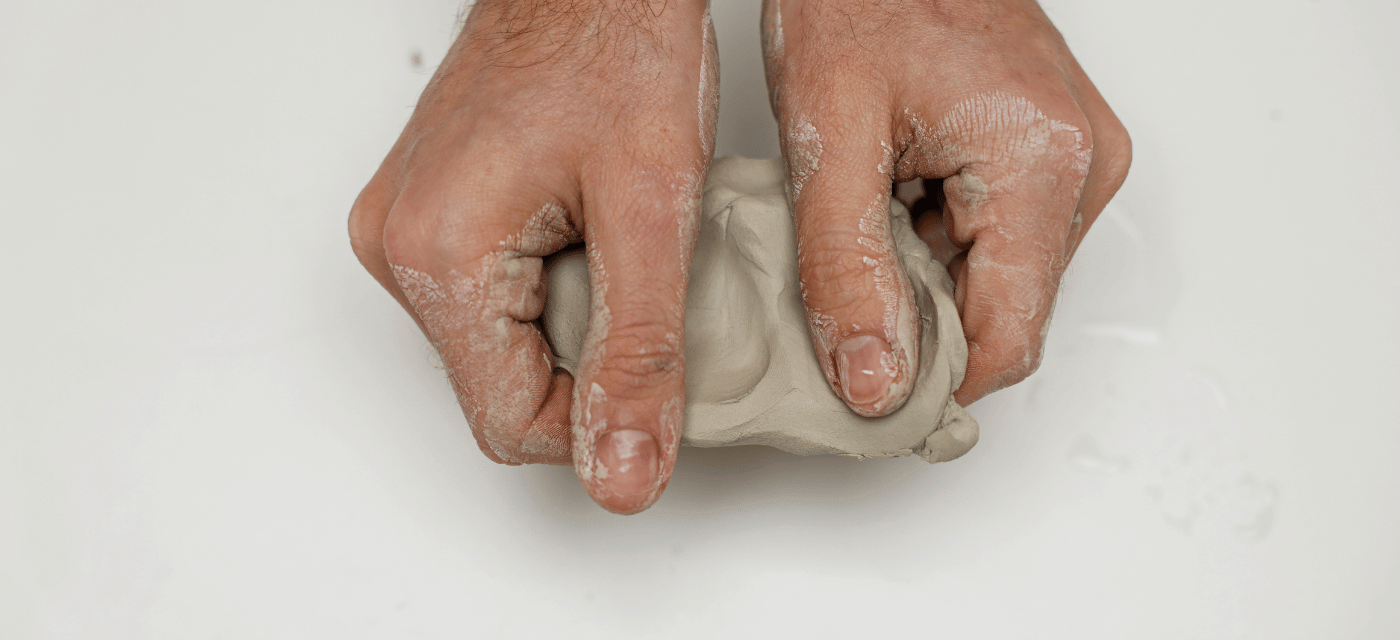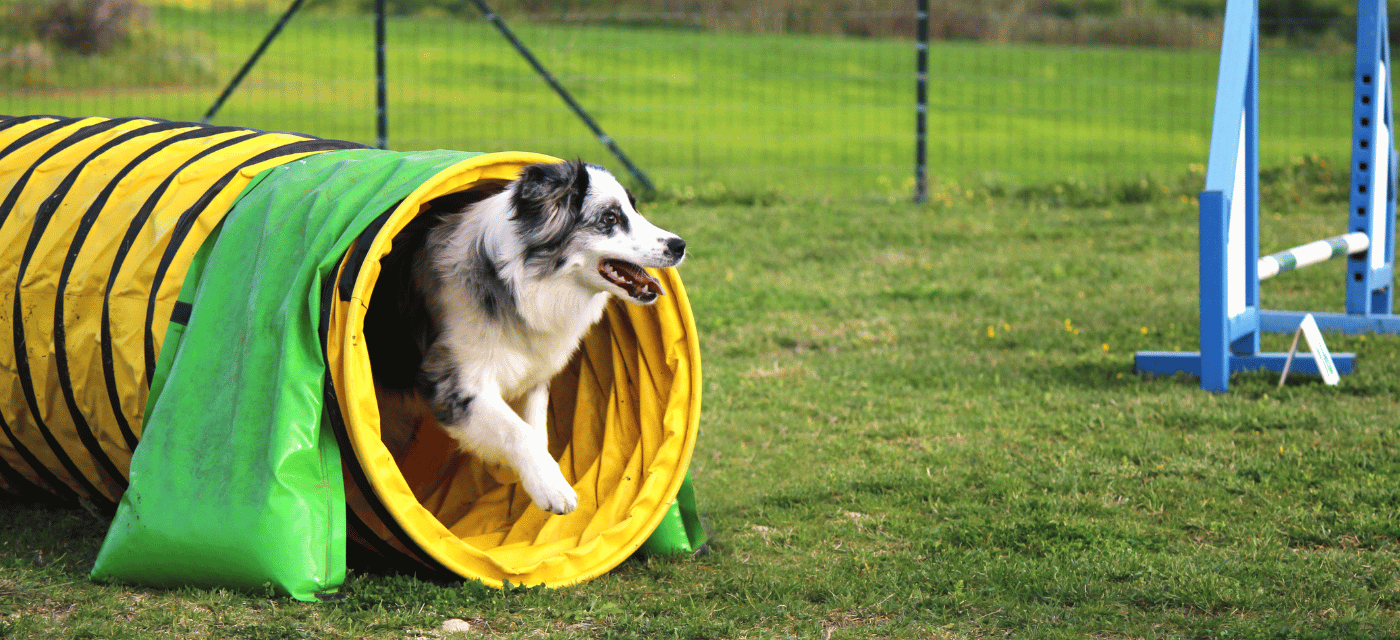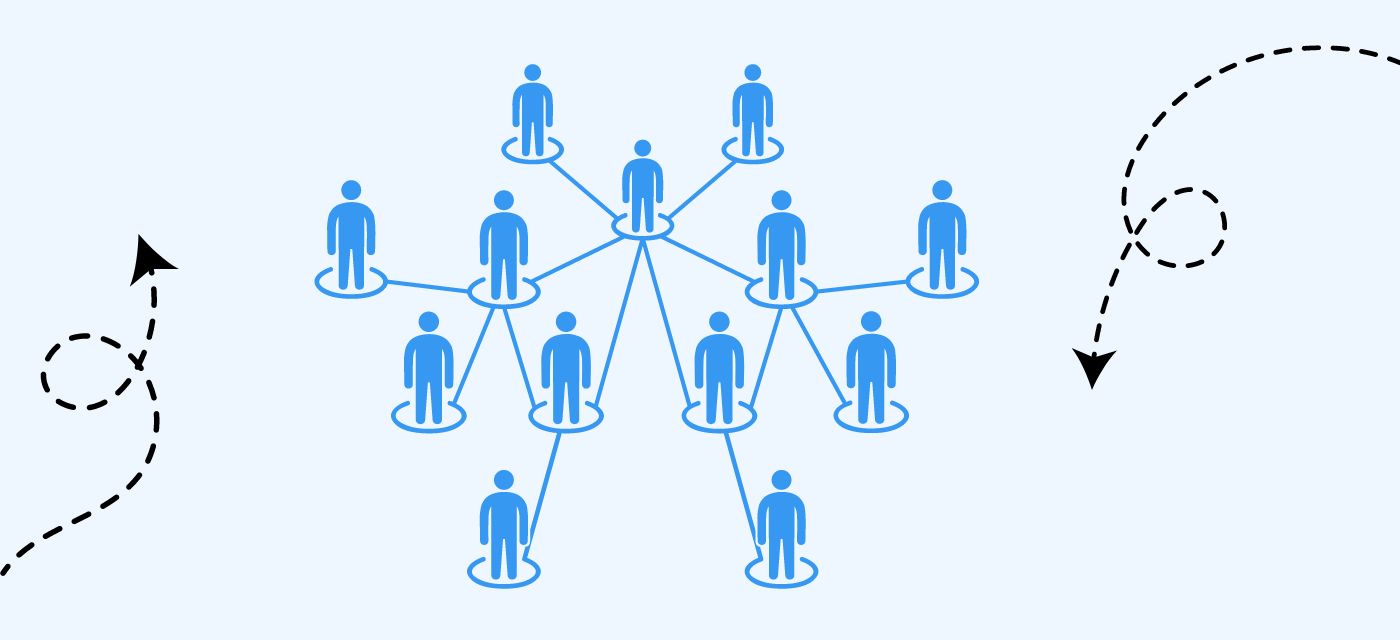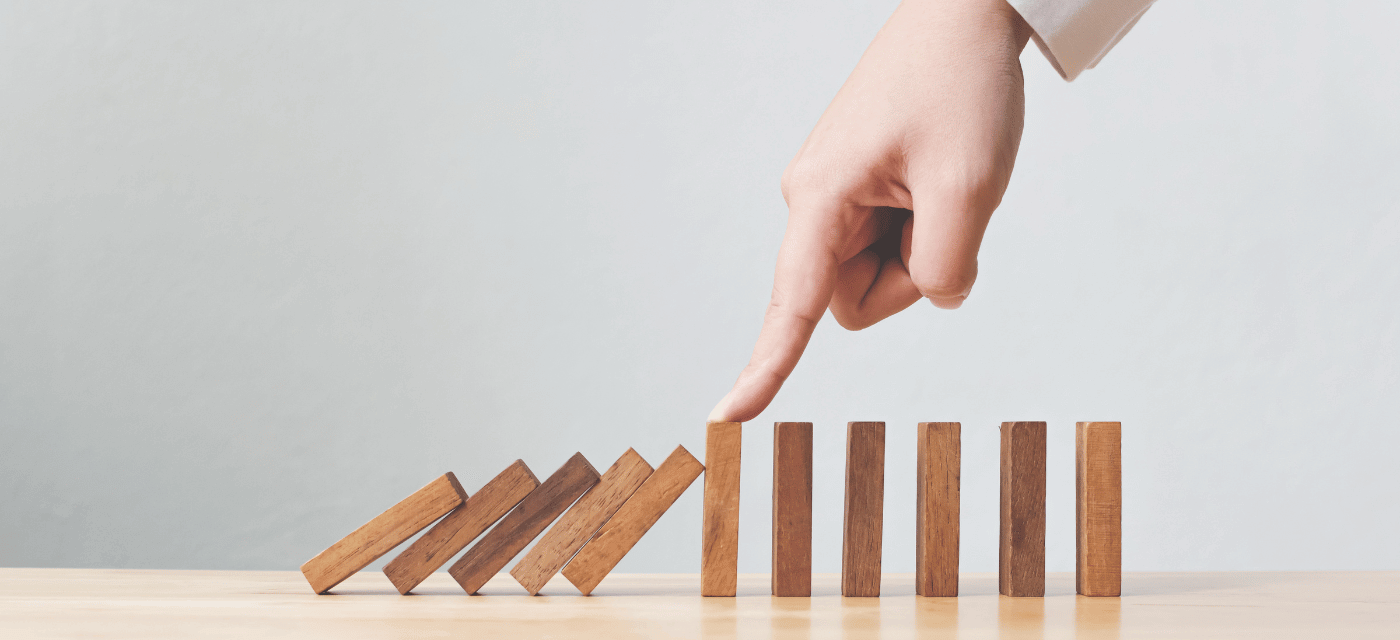Introduction to work design
In today’s rapidly changing business landscape, the way we approach work and the design of job roles have become critical elements in creating a thriving and productive workplace.
As organisations face increasingly complex HR challenges, work design emerges as a powerful solution to optimise employee engagement, productivity, and satisfaction. In this comprehensive guide, we’ll delve into the concept of work design, its impact on job crafting and role design, and how it can help you overcome your biggest HR challenges in 2023.
Additionally, we’ll explore innovative work design platforms like Beamible that are revolutionising the way organisations approach the design of work in the modern age.
So let’s embark on this journey to understand the true potential of work design and unlock the key to HR success in the coming years.
Understanding work design
Definition and explanation of work design
Work design refers to the process of defining, organising, and structuring job tasks, roles, and responsibilities to maximise employee satisfaction, productivity, and overall organisational performance.
In essence, work design aims to create a work environment that fosters motivation, engagement, and well-being, while also aligning individual goals with the broader objectives of the organization.
The relationship between work design, job crafting, and role design
Work design is closely related to the concepts of job crafting and role design. Job crafting involves employees proactively modifying their job tasks and relationships to better align with their personal strengths, interests, and goals. This process allows employees to take ownership of their work and make meaningful changes that can positively impact their job satisfaction and engagement.
Role design, on the other hand, is a more structured approach to defining and organising the various roles within an organization. It involves analysing and determining the necessary tasks, responsibilities, and reporting relationships for each position. The goal of role design is to ensure that every employee has a clear understanding of their role and how it contributes to the overall success of the organization.
Together, work design, job crafting, and role design contribute to the creation of a workplace that empowers employees to thrive, fosters a strong sense of purpose, and drives overall business success.
The evolution of work design over the years
Historically, work design focused primarily on the division of labor and the allocation of tasks to individuals or teams. As the workplace evolved, so too did our understanding of work design. With the rise of knowledge-based work and technological advancements, organisations began to recognise the importance of employee engagement, motivation, and well-being as drivers of productivity and performance.
Today, work design encompasses a holistic approach that considers not only the tasks and responsibilities associated with a job, but also the social, psychological, and emotional aspects of work. This shift has led to a greater emphasis on creating work environments that are flexible, collaborative, and supportive, enabling employees to reach their full potential while also achieving organisational goals.
As we look towards the future, the importance of work design will only continue to grow. With the increasing prevalence of remote work, automation, and the gig economy, organisations must continually adapt and reimagine their work design strategies to remain competitive and foster a thriving workforce.
Solving HR Challenges with Work Design
Enhancing employee engagement and satisfaction
One of the most significant HR challenges organisations face is maintaining high levels of employee engagement and satisfaction. Work design plays a critical role in addressing this challenge by aligning job tasks and responsibilities with employees’ skills, interests, and career aspirations.
By creating meaningful work experiences and promoting job crafting, organisations can boost employee engagement and satisfaction, leading to increased motivation and commitment.
Improving talent retention and reducing turnover
Talent retention is a top priority for organisations looking to maintain a competitive edge. When employees feel valued, challenged, and supported in their roles, they are more likely to stay with the company.
Effective work design can help reduce turnover by providing employees with clear career paths, opportunities for growth, and a sense of purpose.
Furthermore, by addressing issues related to workload, work-life balance, and job fit, organisations can create a work environment where employees thrive, reducing the likelihood of them seeking opportunities elsewhere.
Facilitating better team collaboration and communication
As organisations become more complex and globally connected, fostering effective team collaboration and communication is essential for success. Work design can directly impact the way teams function by establishing clear roles, responsibilities, and reporting relationships.
By promoting transparency, open communication, and a culture of collaboration, work design can help break down silos and encourage teamwork across the organization.
Increasing productivity and performance
Work design is a powerful tool for enhancing productivity and performance within an organization. By optimising job tasks, roles, and responsibilities, work design can help ensure that employees are working efficiently and effectively.
Additionally, by promoting a culture of continuous improvement and learning, organisations can empower their employees to develop new skills, solve problems, and contribute to the overall success of the business.
Aligning individual goals with organisational objectives
A key aspect of work design is ensuring that employees’ individual goals are aligned with the broader objectives of the organization. This alignment not only helps employees understand how their work contributes to the company’s success, but also fosters a sense of purpose and motivation.
By clearly communicating organisational goals and providing opportunities for employees to shape their roles and responsibilities, organisations can create a workforce that is engaged, committed, and driven to achieve shared objectives.
Work Design Solutions in 2023
Beamible: The work design platform
Features and benefits of Beamible
Beamible is a cutting-edge work design platform that helps organisations address their most pressing HR challenges. By providing a comprehensive suite of tools and resources, Beamible empowers organizations to optimise their work design strategies, create more engaging job roles, and enhance overall productivity and performance.
Some of the key features of Beamible include:
- A robust analytics dashboard that provides insights into employee engagement, satisfaction, and performance, helping organisations make data-driven decisions about work design.
- Collaborative tools that encourage job crafting, enabling employees to shape their roles and responsibilities based on their strengths, interests, and goals.
- Role design templates and resources that help organisations create clear, well-defined job roles that align with their overall objectives.
- Integration with popular HR software, making it easy to implement and track work design initiatives across the organisation.
By leveraging the power of Beamible, organisations can create more engaging, satisfying, and productive work environments that address their biggest HR challenges and drive business success.
How Beamible can help in addressing HR challenges
Beamible is designed to help organisations tackle HR challenges head-on by providing a comprehensive, easy-to-use platform for optimising work design.
Some of the ways Beamible can help address common HR challenges include:
- Enhancing employee engagement and satisfaction by providing tools for job crafting and role design, allowing employees to shape their work experiences based on their unique strengths and interests.
- Reducing turnover and improving talent retention by facilitating the creation of clear career paths, opportunities for growth, and a supportive work environment.
- Streamlining team collaboration and communication by helping organizations establish clear roles, responsibilities, and reporting relationships.
- Increasing productivity and performance by providing insights and analytics that help organizations optimise their work design strategies and create more efficient, effective job roles.
- Aligning individual goals with organisational objectives by ensuring that work design initiatives support the broader goals of the company.
Other tools and strategies for effective work design
In addition to platforms like Beamible, there are several other tools and strategies that organisations can use to implement effective work design:
- Employee surveys and feedback mechanisms to gather insights on job satisfaction, engagement, and areas for improvement.
- Training and development programs that help employees build the skills they need to excel in their roles and contribute to the organization’s success.
- Cross-functional team collaboration to encourage information sharing, problem-solving, and innovative thinking.
- Performance management systems that align individual goals with organisational objectives and provide ongoing feedback and support for employee growth.
By leveraging a combination of tools, resources, and strategies, organisations can create a comprehensive work design approach that addresses their HR challenges and sets them up for success in 2023 and beyond.
Implementing Work Design in Your Organization
Assessing your current work design practices
Before implementing new work design strategies, it’s essential to assess your organisation’s current practices to identify areas of strength and potential improvement.
This process may involve:
- Conducting employee surveys to gauge job satisfaction, engagement, and perceptions of workload, work-life balance, and role clarity.
- Analysing performance metrics, such as productivity, turnover, and absenteeism, to identify patterns and areas for improvement.
- Reviewing existing job roles and responsibilities to ensure they align with organisational goals and employee strengths and interests.
Identifying areas for improvement
Based on your assessment, you can pinpoint specific areas where your organisation could benefit from work design improvements.
Some common areas for enhancement may include:
- Encouraging job crafting to allow employees to tailor their roles based on their strengths, interests, and goals.
- Clarifying roles and responsibilities to ensure employees have a clear understanding of their job and its impact on the organisation.
- Improving communication and collaboration among teams to promote information sharing and problem-solving.
- Addressing workload and work-life balance issues to support employee well-being and job satisfaction.
Collaborating with employees to promote job crafting and role design
An essential component of successful work design is involving employees in the process. By collaborating with your team members to identify their strengths, interests, and goals, you can empower them to take ownership of their work and make meaningful changes to their roles and responsibilities.
Some strategies for promoting job crafting and role design may include:
- Providing resources and training on job crafting techniques and best practices.
- Encouraging regular check-ins between employees and their managers to discuss job crafting opportunities and challenges.
- Establishing a supportive culture that values employee input and fosters continuous improvement.
Continuously monitoring and adjusting work design strategies
Work design is an ongoing process that requires regular monitoring and adjustment to ensure it remains effective in addressing your organisation’s HR challenges.
Some steps you can take to continuously evaluate and refine your work design strategies include:
- Regularly collecting and analysing employee feedback and performance metrics to identify trends and areas for improvement.
- Reviewing and adjusting job roles and responsibilities as needed to ensure they continue to align with organisational goals and employee strengths.
- Encouraging open communication and dialogue around work design, fostering a culture of continuous learning and improvement.
By taking a proactive and collaborative approach to work design, you can create a dynamic, engaging, and productive work environment that supports both individual and organisational success.
A final thought on work design
The lasting impact of work design on HR success
As we navigate the ever-evolving world of work in 2023 and beyond, work design will play an increasingly important role in ensuring HR success.
By optimising job roles, promoting job crafting, and aligning individual goals with organisational objectives, work design can help organisations overcome their most pressing HR challenges. From enhancing employee engagement and satisfaction to improving talent retention and fostering effective team collaboration, the benefits of effective work design are far-reaching and enduring.
Embracing work design as a key component of organisational growth and development
To stay competitive and foster a thriving workforce, organisations must embrace work design as a critical component of their growth and development strategies.
By leveraging innovative work design platforms like Beamible, as well as implementing best practices in job crafting and role design, organisations can create work environments that empower employees to reach their full potential and contribute to the overall success of the business.
As we look to the future, it’s clear that work design will continue to be an essential driver of HR success, shaping the way we work and the very fabric of our organisations.





